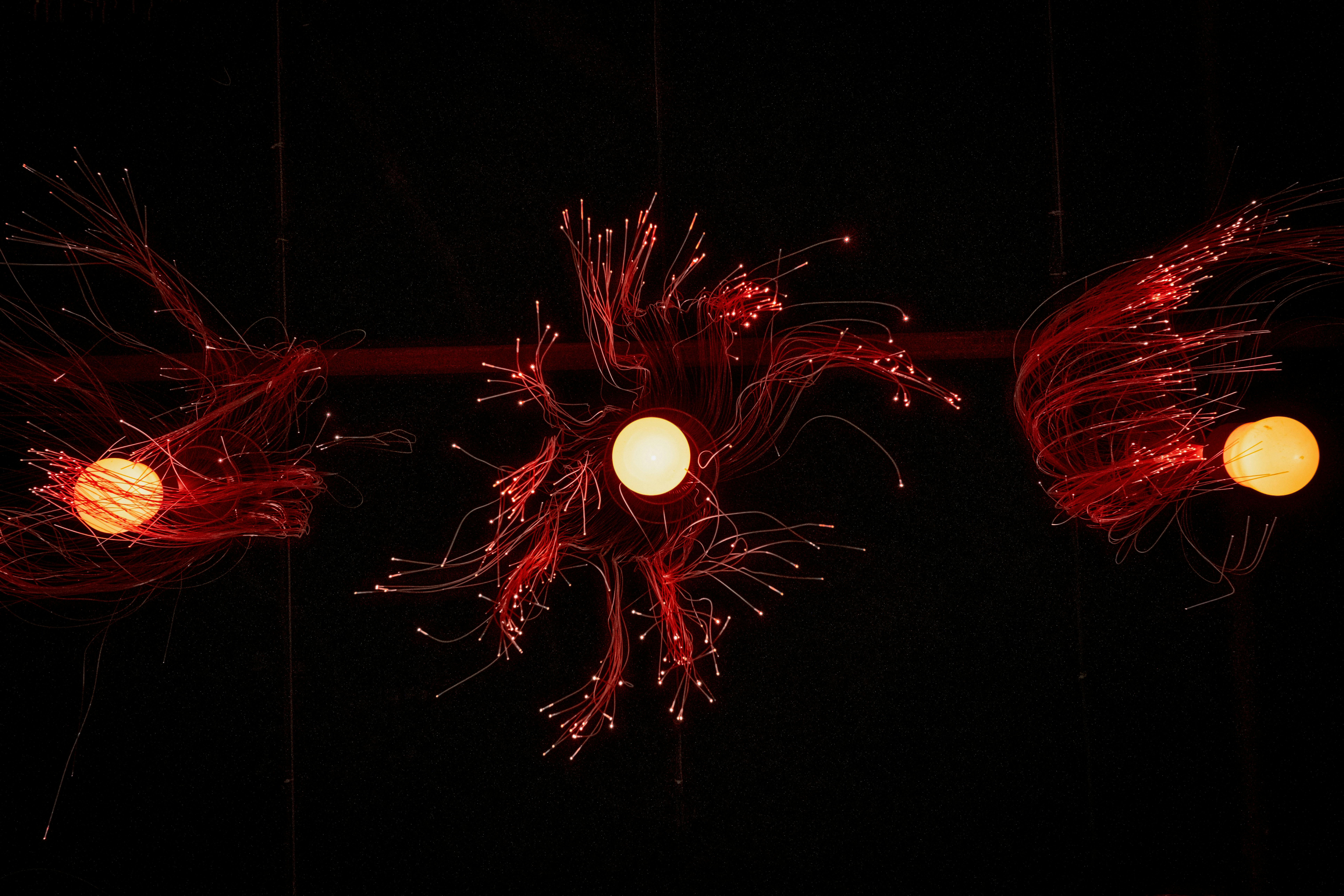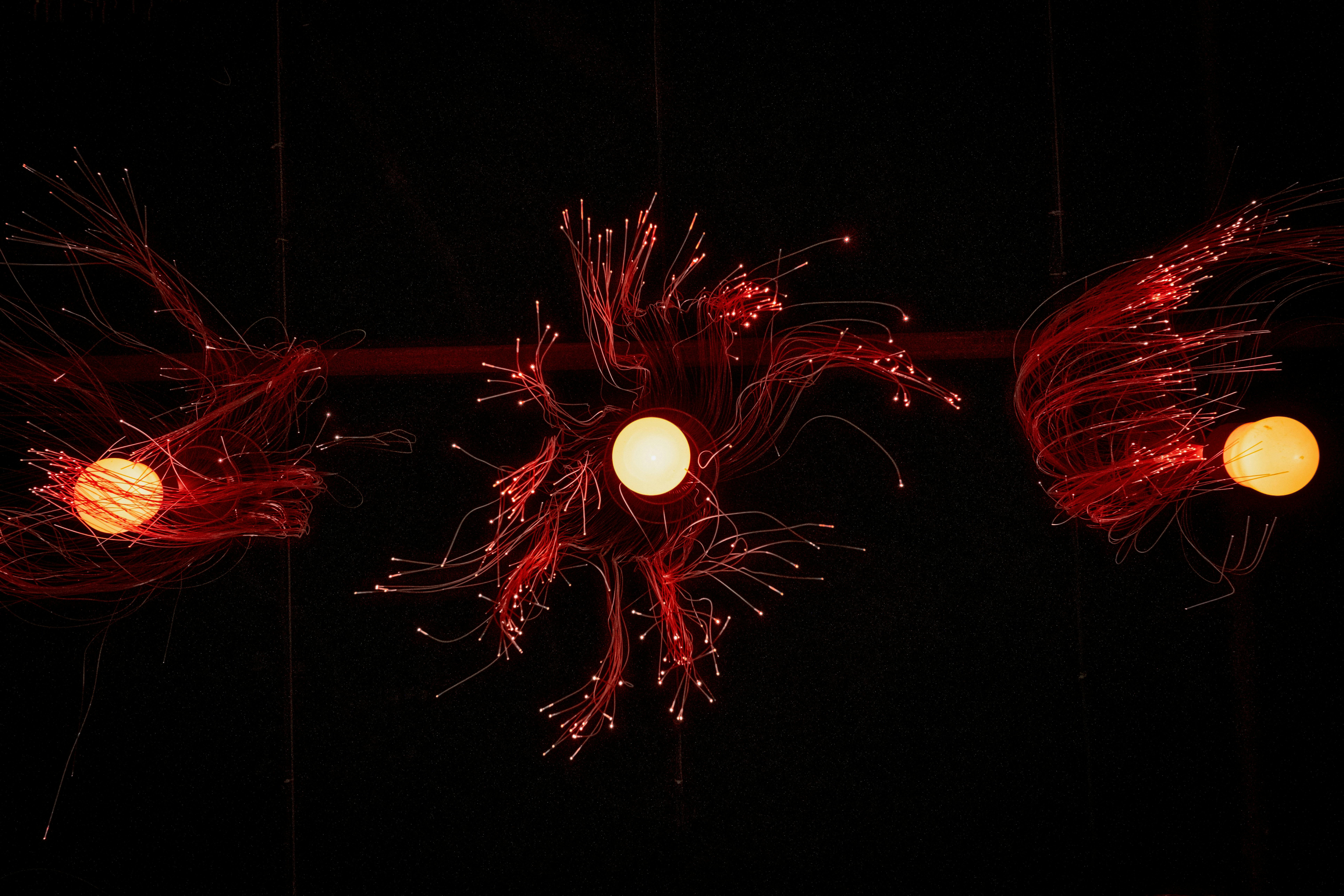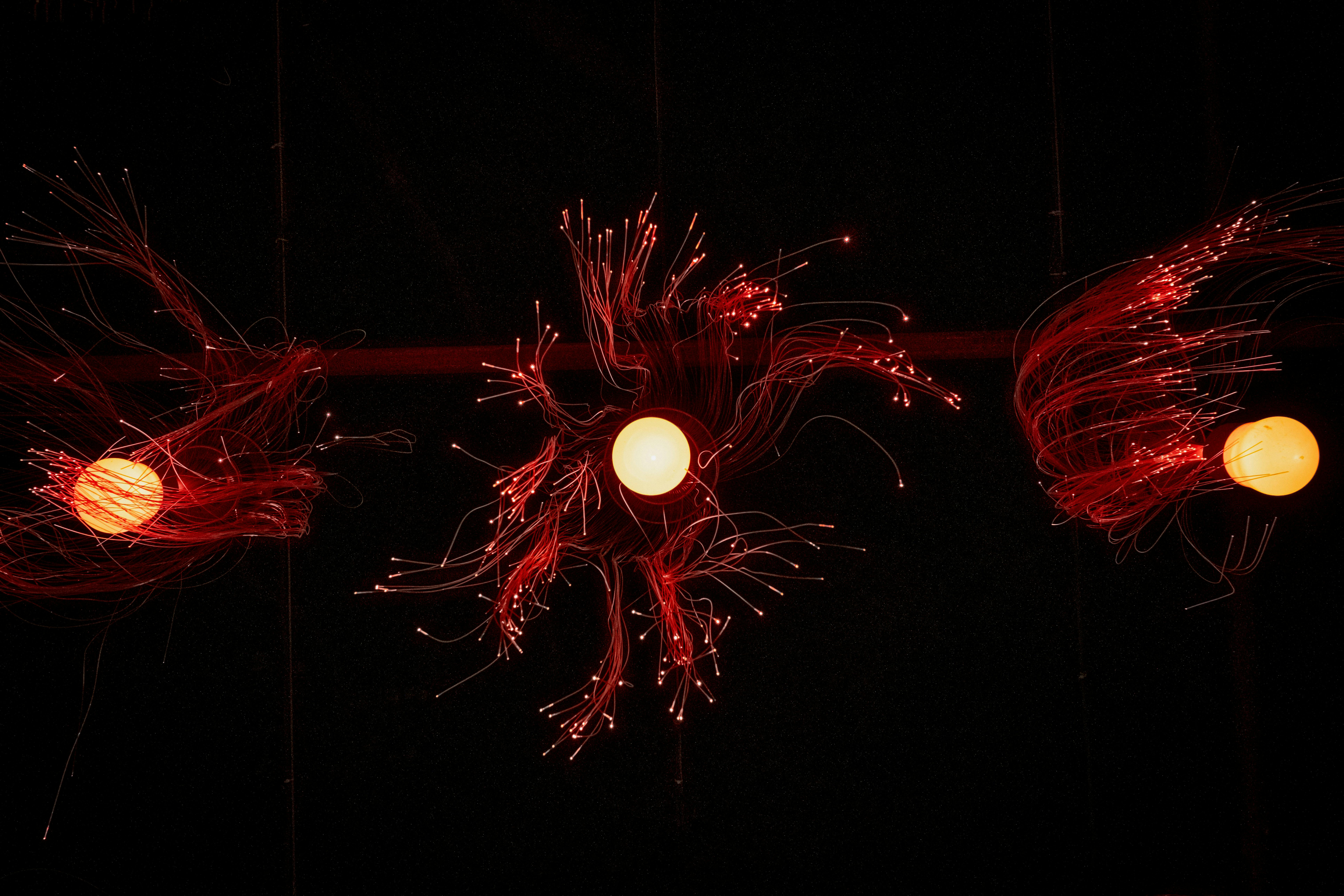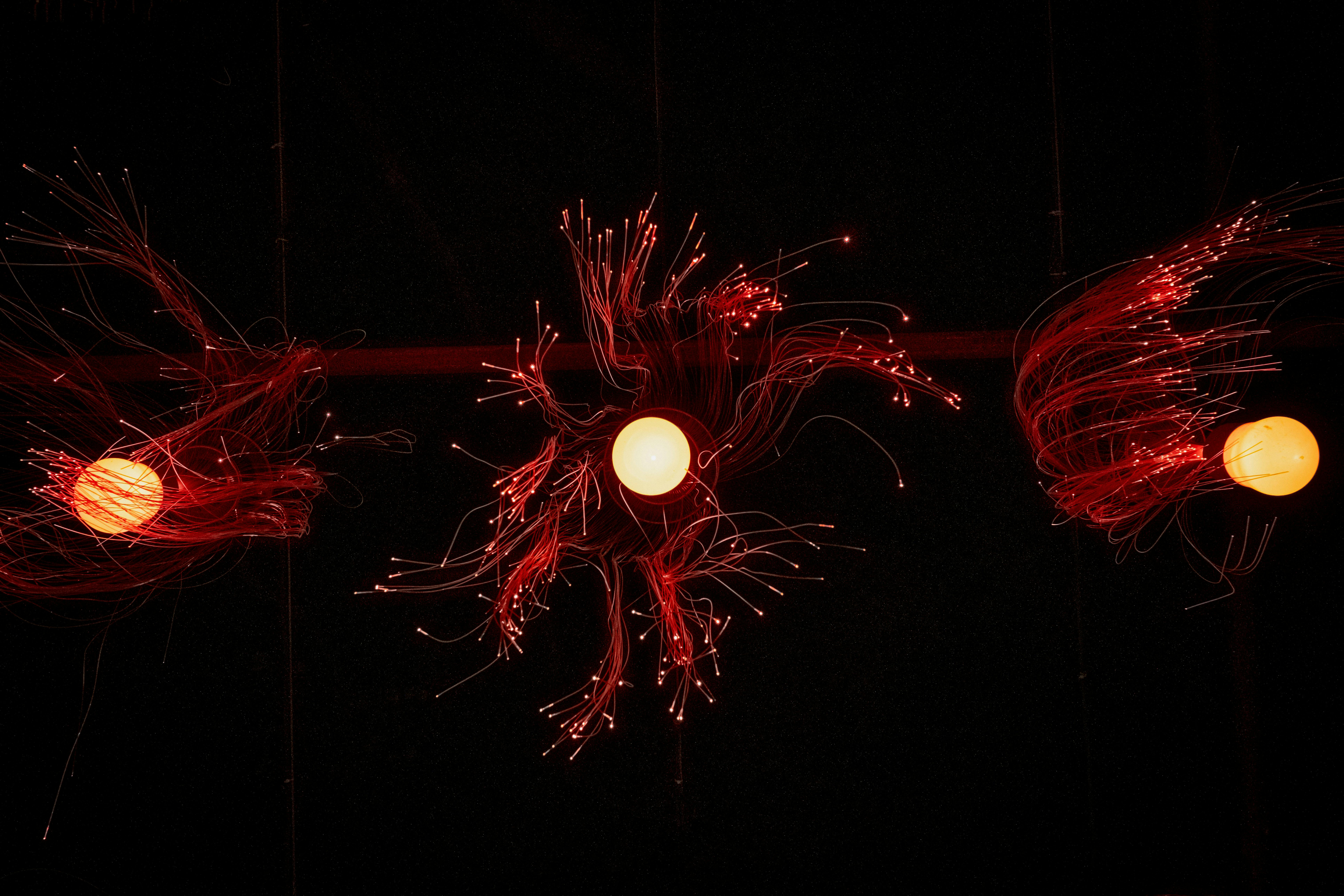Wallpaper Revival: Modern Patterns and Professional Installation Insights
Selecting the perfect paint finish is far more than a cosmetic choice—it’s a critical decision impacting your home’s durability, maintenance, and ambiance. While color sets the mood, the sheen determines how well walls withstand daily life, from sticky fingerprints in hallways to steam in bathrooms. A flat finish might hide imperfections in a quiet bedroom, but it could spell disaster in a bustling kitchen. With options ranging from matte to high-gloss, understanding each finish’s strengths and weaknesses ensures your paint job looks stunning and stands the test of time. This guide demystifies paint sheens, empowering you to make informed choices that balance aesthetics with practicality for every corner of your home.
Understanding Paint Sheens: The Spectrum Explained
Paint sheen refers to how much light a finish reflects, directly influencing its appearance and resilience. Here’s a breakdown of common options:
- Flat/Matte: Zero shine, excellent at hiding wall flaws. Ideal for low-traffic areas but stains easily and isn’t washable.
- Eggshell: Subtle luster (10-25% gloss), moderately durable. A versatile “middle ground” for living rooms or dining spaces.
- Satin: Soft sheen (25-35% gloss), highly washable. Perfect for high-use zones like hallways and family rooms.
- Semi-Gloss: Noticeable shine (35-75% gloss), tough and moisture-resistant. Best for trim, doors, and wet areas.
- High-Gloss: Glass-like reflectivity (over 85% gloss), ultra-durable. Used sparingly for accents or furniture.
Pro Tip: Higher gloss = higher durability and easier cleaning, but it also highlights surface imperfections. Always prep walls thoroughly for glossy finishes.
High-Traffic & Wet Zones: Durability First
Rooms like kitchens, bathrooms, and entryways demand finishes that combat moisture, grime, and frequent contact. Satin is a superstar here—its smooth surface repels water and wipes clean effortlessly, making it ideal for kitchen backsplashes or children’s playrooms. In bathrooms, where steam is relentless, upgrade to semi-gloss for walls and ceilings; its tight molecular structure resists mildew. For baseboards, door jambs, and window sills, semi-gloss or high-gloss creates a protective barrier against scuffs. Real-life win: A satin finish in a mudroom survived muddy paw prints and backpacks with weekly wipe-downs, looking fresh for years.
Living Spaces & Bedrooms: Balancing Comfort and Style
In bedrooms, living rooms, and home offices, aesthetics often take precedence over heavy-duty performance. Flat or matte finishes excel here, absorbing light to soften walls and conceal minor dents or textured drywall seams—crucial for creating a serene bedroom retreat. For spaces needing light cleanability (like a home office or adult living room), eggshell offers a hint of sheen without glare. Avoid high-gloss in these areas, as its reflectivity can feel overwhelming. Designer insight: Use eggshell on living room accent walls to add depth, while keeping other walls matte for a sophisticated contrast.
Ceilings, Trim & Accents: Strategic Sheen Applications
Specialized surfaces call for tailored sheen strategies. Ceilings almost always benefit from flat/matte paint, which minimizes light bounce and hides imperfections overhead. Trim, moldings, and doors shine (literally) with semi-gloss or high-gloss, creating visual contrast against walls while enduring frequent touching. For accent walls, consider satin or eggshell to draw the eye without overwhelming the space. Case study: A homeowner used high-gloss navy on a dining room’s wainscoting, creating a jewel-toned focal point that wiped clean after dinner parties, while the upper walls stayed matte for balance.
Practical Considerations: Sheen & Surface Prep
Surface condition dictates sheen suitability. Glossy finishes require meticulous prep—fill holes, sand ridges, and use primer—since they magnify flaws. Conversely, matte finishes forgive uneven surfaces but demand gentle cleaning (think microfiber dusting). Always test swatches in both natural and artificial light; eggshell may look richer at night under lamps. Budget tip: Reserve pricier high-gloss for small accents. Use satin or semi-gloss in key areas and matte elsewhere to optimize cost and impact.
Choosing the right paint finish transforms your home from merely painted to professionally perfected. Remember: opt for satin or semi-gloss in wet, busy areas for resilience, matte or eggshell in private rooms for comfort, and high-gloss sparingly for dramatic accents. Prioritize surface prep—especially for glossy finishes—and always test samples on your walls. As a final takeaway, keep this cheat sheet handy: Kitchens/Bathrooms → Satin/Semi-Gloss; Bedrooms → Matte; Trim/Ceilings → Semi-Gloss/Flat; Accent Walls → Eggshell/Satin. With these guidelines, your next paint project will marry beauty, function, and longevity effortlessly.







